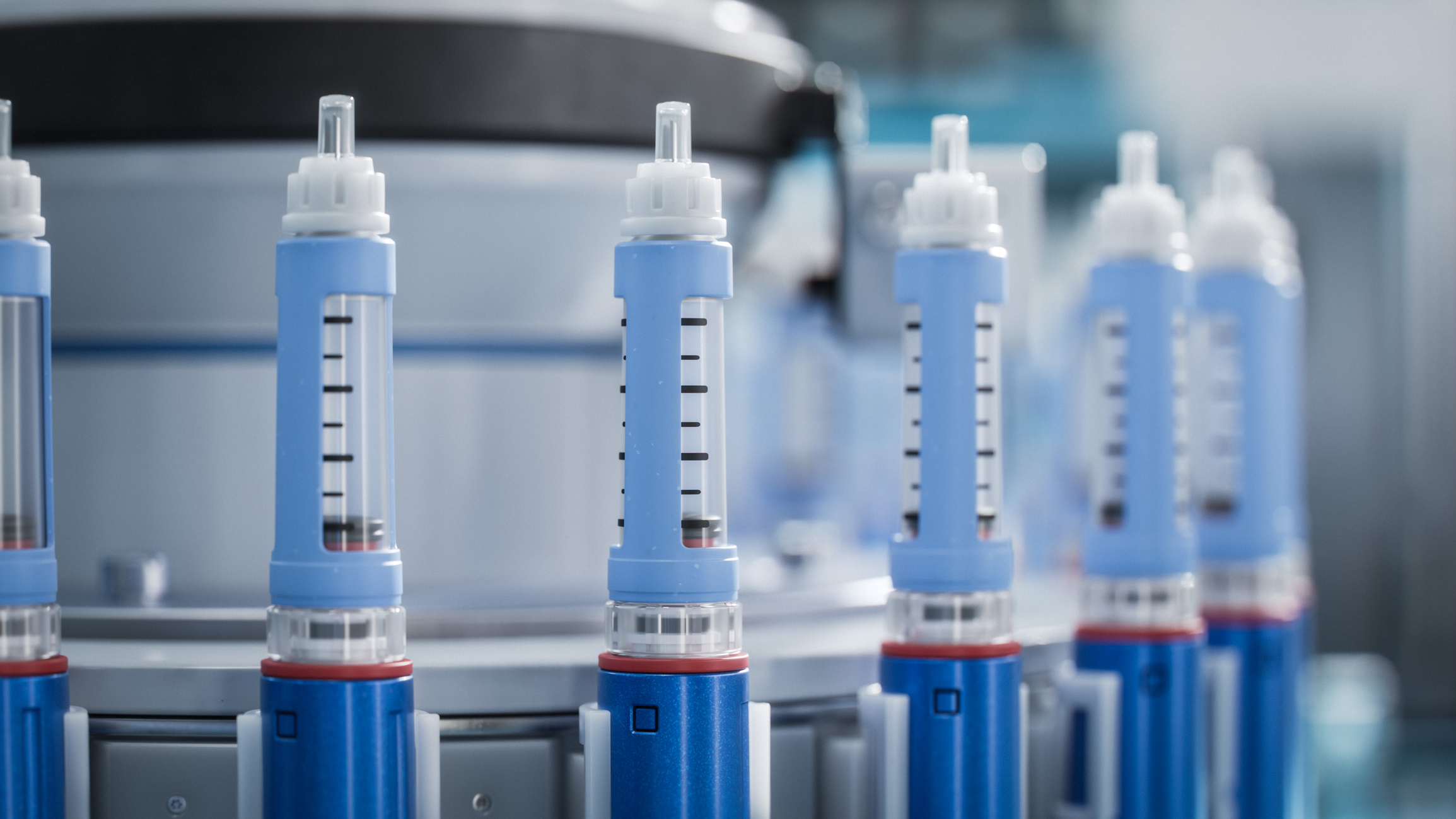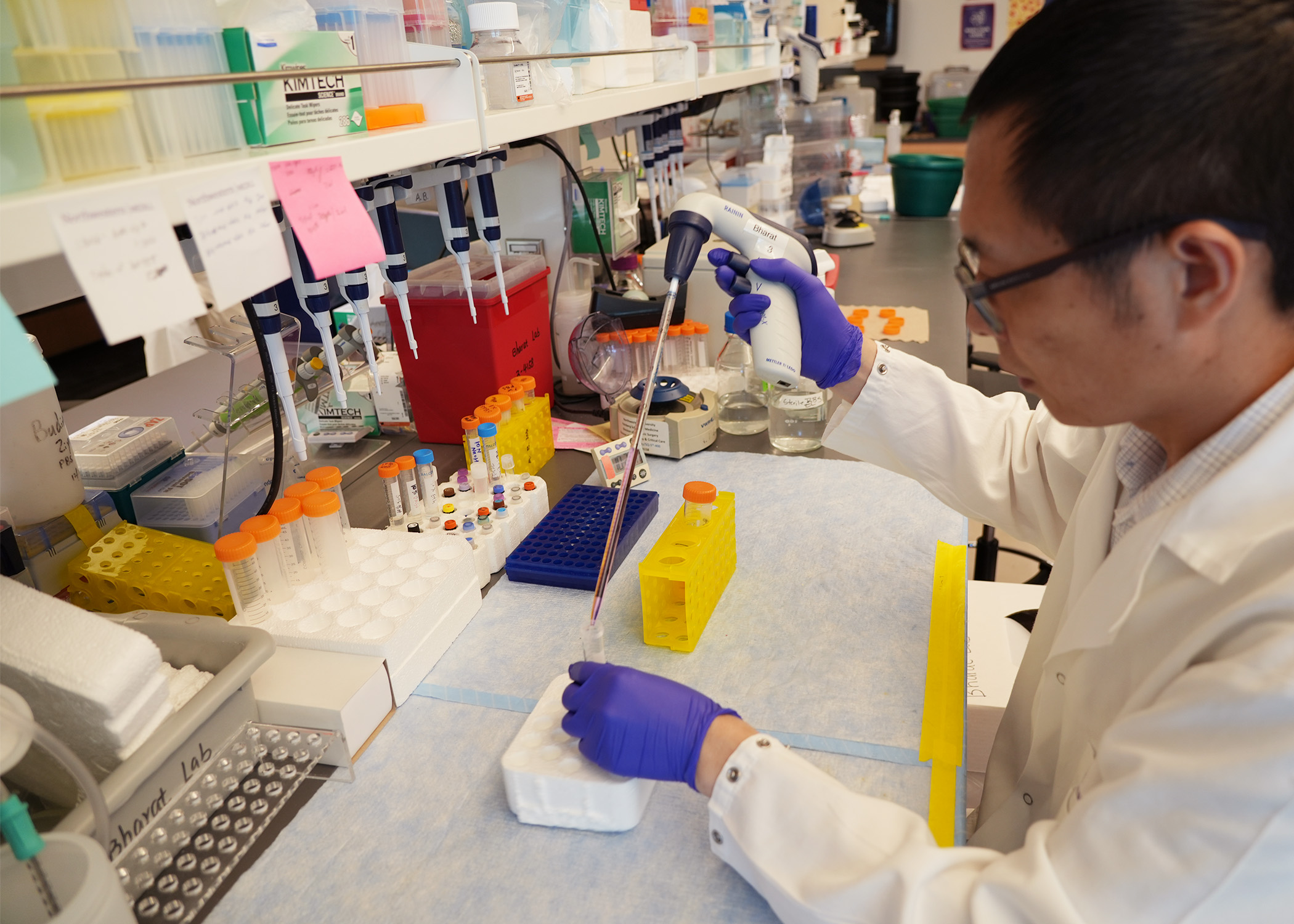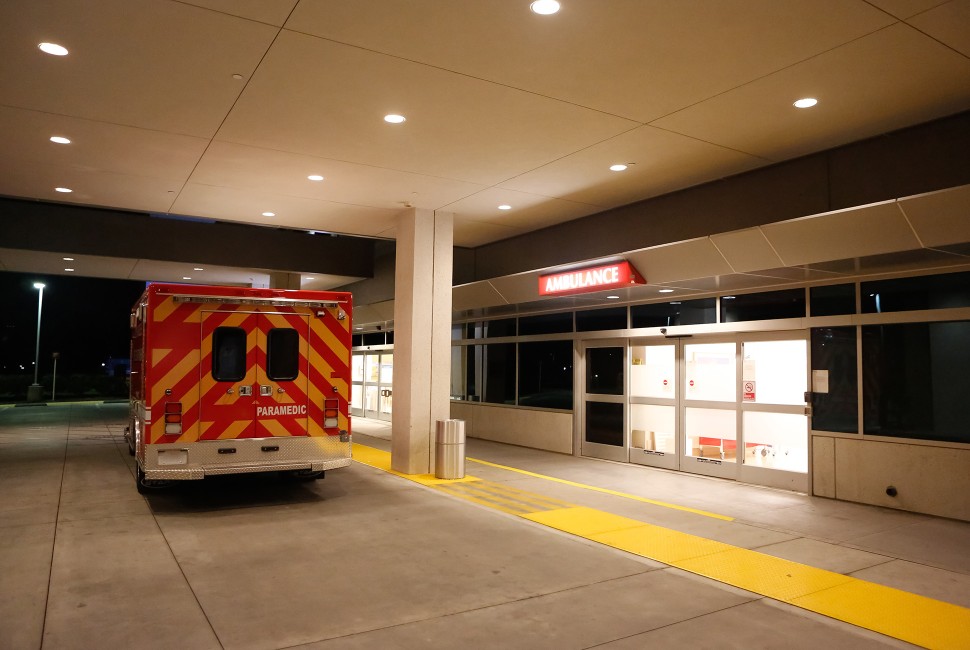
A randomized clinical trial led by Lee Jampol, MD, Louis Feinberg, MD, Professor of Ophthalmology, showed the drug ranibizumab may represent an alternative treatment for some patients with proliferative diabetic retinopathy, a leading cause of vision loss. In this advanced stage of diabetic retinopathy, blood vessels in the retina begin to grow, or proliferate, many which are fragile and more likely leak and bleed.
The study, published in the Journal of the American Medical Association, compared the visual outcomes in patients with proliferative diabetic retinopathy who underwent either ranibizumab treatment or panretinal photocoagulation (PRP). The study tested whether visual acuity after ranibizumab treatment was non-inferior – not worse than – PRP, which is the standard treatment for the disease.
In panretinal photocoagulation, a laser is used to make tiny burns to seal the retina and stop vessels from growing. This technique is known to have adverse side effects such as peripheral vision loss. The administration of ranibizumab intravitreously, injected into the fluid between the lens and retina of the eye, could be an alternative treatment with fewer side effects for some patients.
“The overall results were non-inferior, but in many respects the outcomes of the group receiving ranibizumab were better,” Dr. Jampol said. “The most important ways that it was better is that the average vision over the two years in the ranibizumab group was better than the laser group, and the patients with the injections had less peripheral vision loss, required fewer future surgeries and developed fewer complications in the macular area of the eye.”
The trial was conducted at 55 US sites and enrolled 305 adults with proliferative diabetic retinopathy in 2012. For 89 participants, both right and left eyes were affected and included in study, for a total of 394 study eyes.
Individual eyes were randomly assigned to receive panretinal photocoagulation treatment, completed in 1 to 3 visits or 0.5 mg of ranibizumab by intravitreous injection as frequently as every 4 weeks. The two-year evaluation was completed in 2015.
Among eyes with proliferative diabetic retinopathy, treatment with ranibizumab resulted in visual acuity that was not worse than the standard treatment at 2 years. The authors noted that a longer-term follow-up is needed.
“The study is a five-year study; we are going to see how the drug compares to laser at the end of five years. We are also doing an additional study to see if the injections, when given less frequently, prevent progression of the disease, and reduce burden of the injections,” Dr. Jampol said.
This study was supported by the National Eye Institute and the National Institute of Diabetes and Digestive and Kidney Diseases, National Institutes of Health and US Department of Health and Human Services grants EY14231, EY23207 and EY18817. Genentech provided ranibizumab for the study and funds to the Diabetic Retinopathy Clinical Research Network to defray the study’s clinical site costs.






